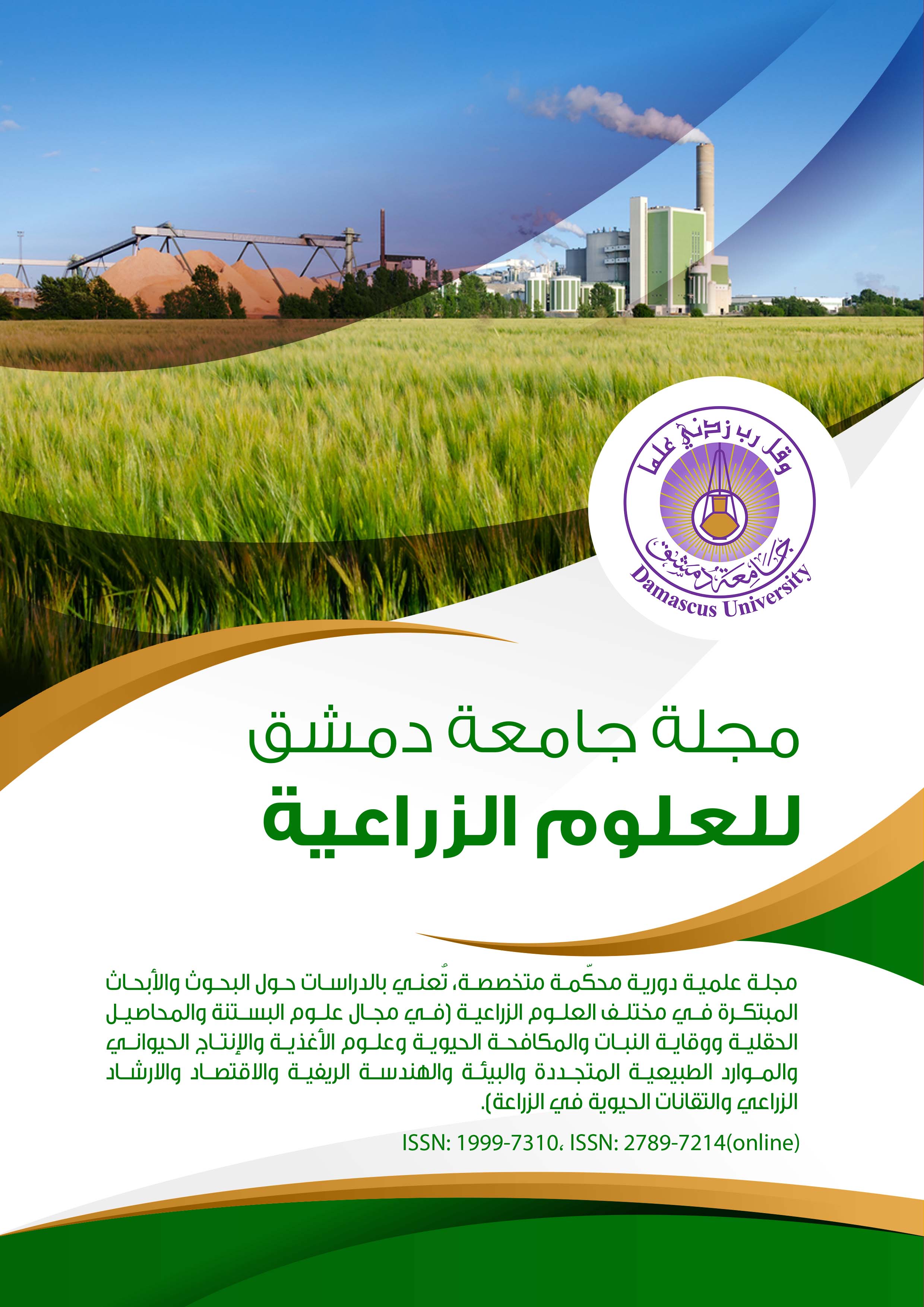Study of the profitability factor for the production of medicinal and aromatic plants (the saffron model) in the province of Damascus countryside.
Keywords:
saffron, profitability factor, production costs, medicinal plantsAbstract
The cultivation of medicinal and aromatic plants in general, and the saffron plant in particular, is one of the modern economic crops whose cultivation has spread in Syria due to the appropriate natural and environmental conditions for its cultivation, in addition to the good economic returns resulting from it and the contribution to providing job opportunities, especially for poor and low-income families. The possibility of optimal exploitation of the land where it is possible Cultivation in small holdings and marginal lands and between trees before entering the stage of fruiting, Therefore, interest in encouraging and developing the cultivation of these plants has become one of the most important objectives of the future agricultural development strategy in Syria. This research aimed to achieve the following objectives:
1- Analysis of the production costs of saffron production in Rural Damascus Governorate.
2- Calculation of the profitability coefficient for the production of saffron plant in the province of Damascus countryside.
As a result of the study, it was found that the most important findings of the research are:
1- The annual net profit achieved from one dunam amounted to 151,200,000 SP
2- The cost of producing 1 gram of saffron seasonings 229.166 SP
3- The cost of producing a stem from the saffron plant, 366.7 SP. s
4- Profitability coefficient compared to production costs 174.91%

